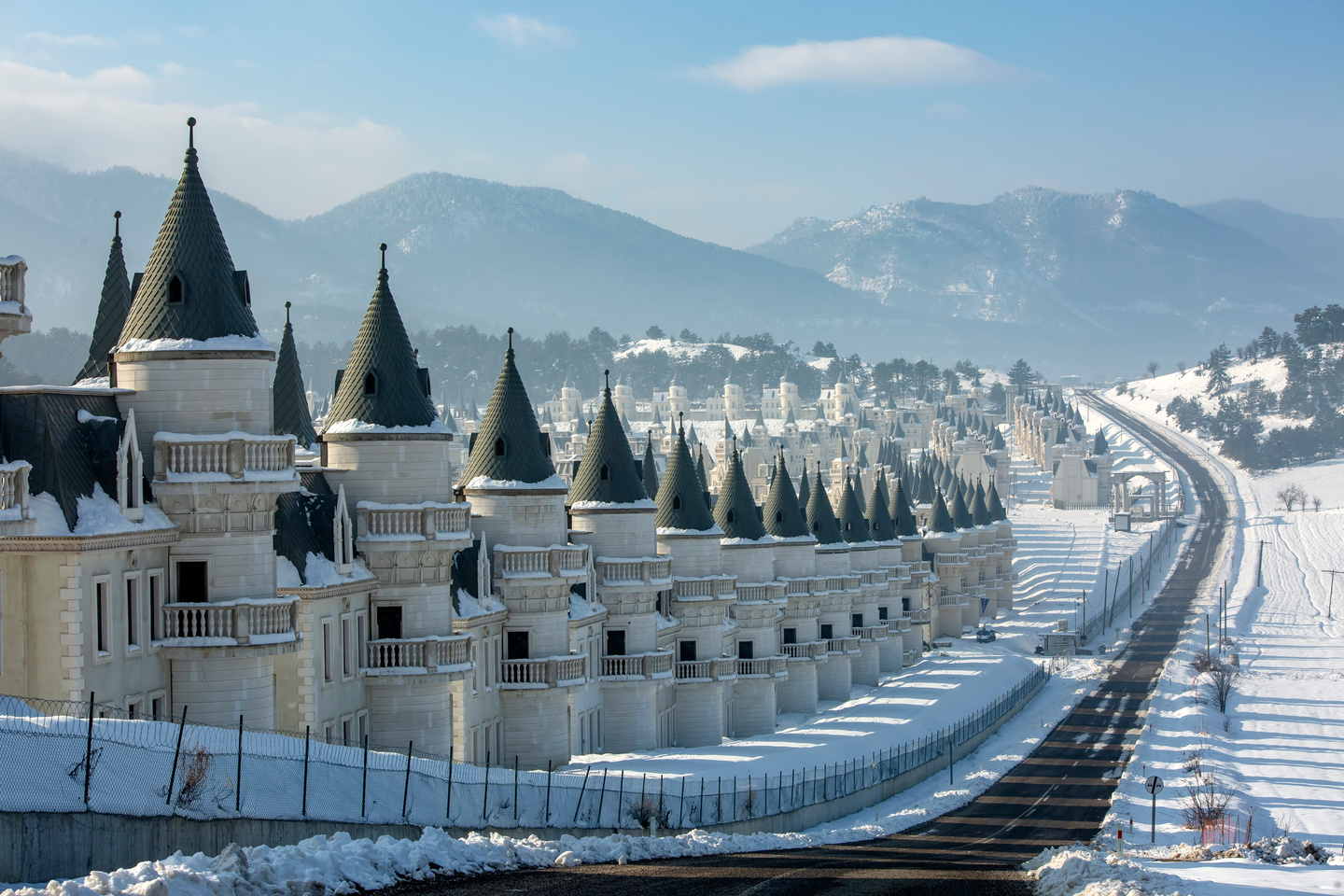
In Bolu's small town, Mudurnu in Türkiye, a grand vision of luxury living has turned into a haunting reminder of overambition and financial collapse.
So how did Burj Al Babas begin, what went wrong, and what is its current state?
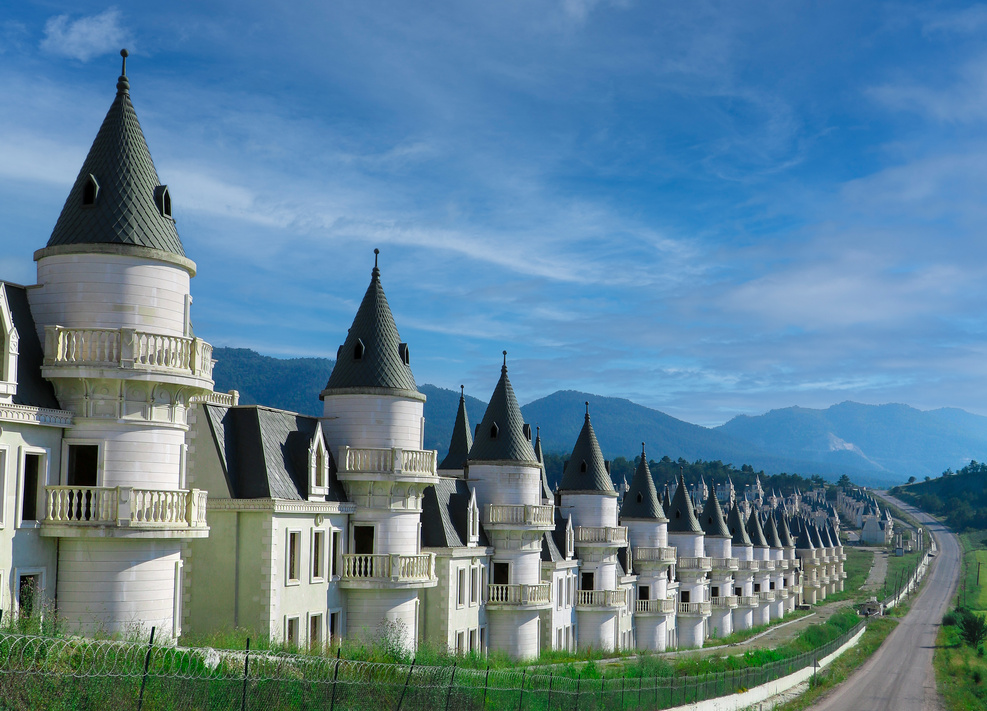
The Sarot Group launched the Burj Al Babas project in 2014 with plans to build 732 three-story villas in a valley near Mudurnu. Each villa was designed to resemble a French château, with Gothic-style turrets, mansard roofs, and marble interiors.
The Sarot Group positioned the project as a way to bring European-style luxury to the Middle East, but the design faced immediate criticism.
Locals argued that the castles clashed with Mudurnu's historical Ottoman architecture, while environmentalists warned of the project's ecological impact.
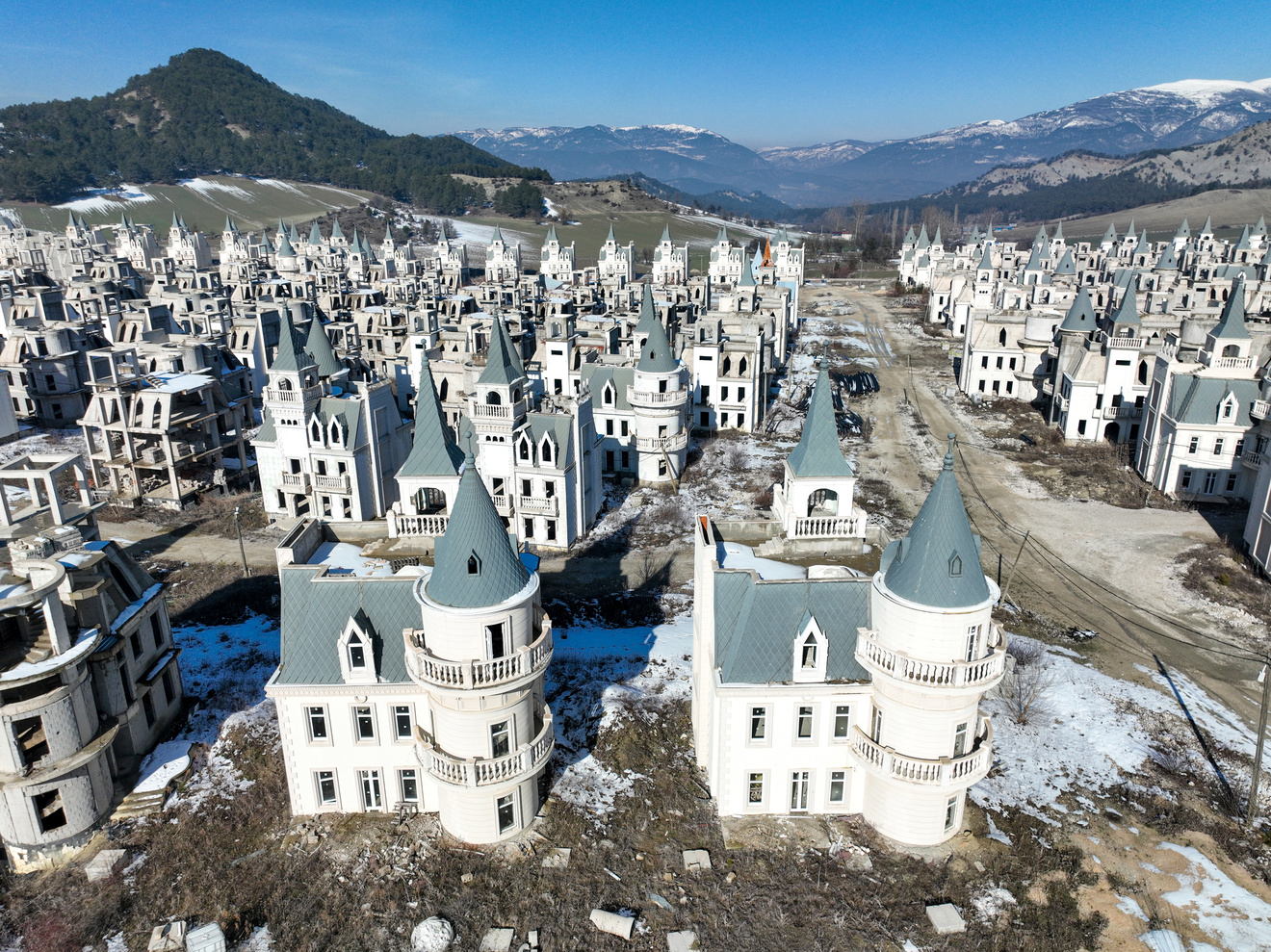
Burj Al Babas initially saw success, with 350 villas sold to Gulf investors by 2018. However, financial problems began to surface as oil prices fell and economic conditions in the Gulf countries worsened. Buyers delayed payments or withdrew entirely, leaving the Sarot Group struggling with a $27 million debt.
By late 2018, only 587 villas were partially constructed, and the Sarot Group filed for bankruptcy. Mezher Yerdelen, the company's chairman, expressed confidence at the time, saying: "We only needed to sell 100 more villas to resolve our debts."
However, buyers like Kuwaiti investor Jassim Alfahhad disputed this claim. "We paid in full, but nothing has been completed," Alfahhad said, adding that the villas were supposed to be delivered by the end of 2018.
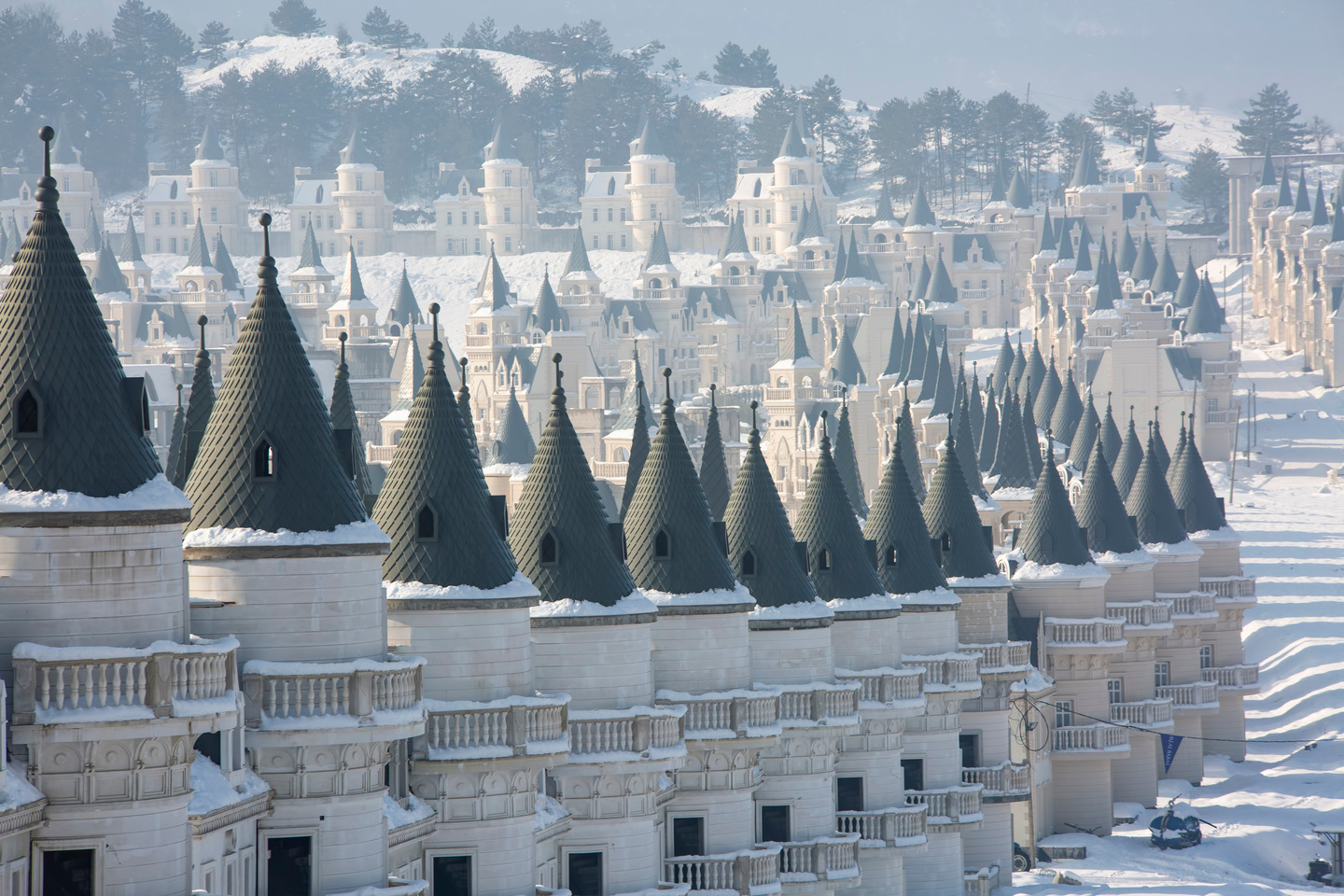
Locals and environmental groups voiced strong opposition to Burj Al Babas. Mudurnu residents criticized the castles for their stark contrast to the region's Ottoman-style houses, with one environmentalist, Mehmet Canturk, saying: "If I had the power, I would destroy it all and let nature reclaim the land."
Environmental activists filed lawsuits against the Sarot Group, accusing the company of destroying rare black pine and oak trees during construction.
The privatization of Mudurnu's thermal springs for the villas' spa amenities also caused resentment. Residents argued that these resources should remain public.
The architectural design was another point of contention. Critics described the castles as oversized dollhouses, noting their lack of privacy because of proximity.
Despite their luxurious features, the castles' layout failed to appeal to buyers seeking exclusivity.
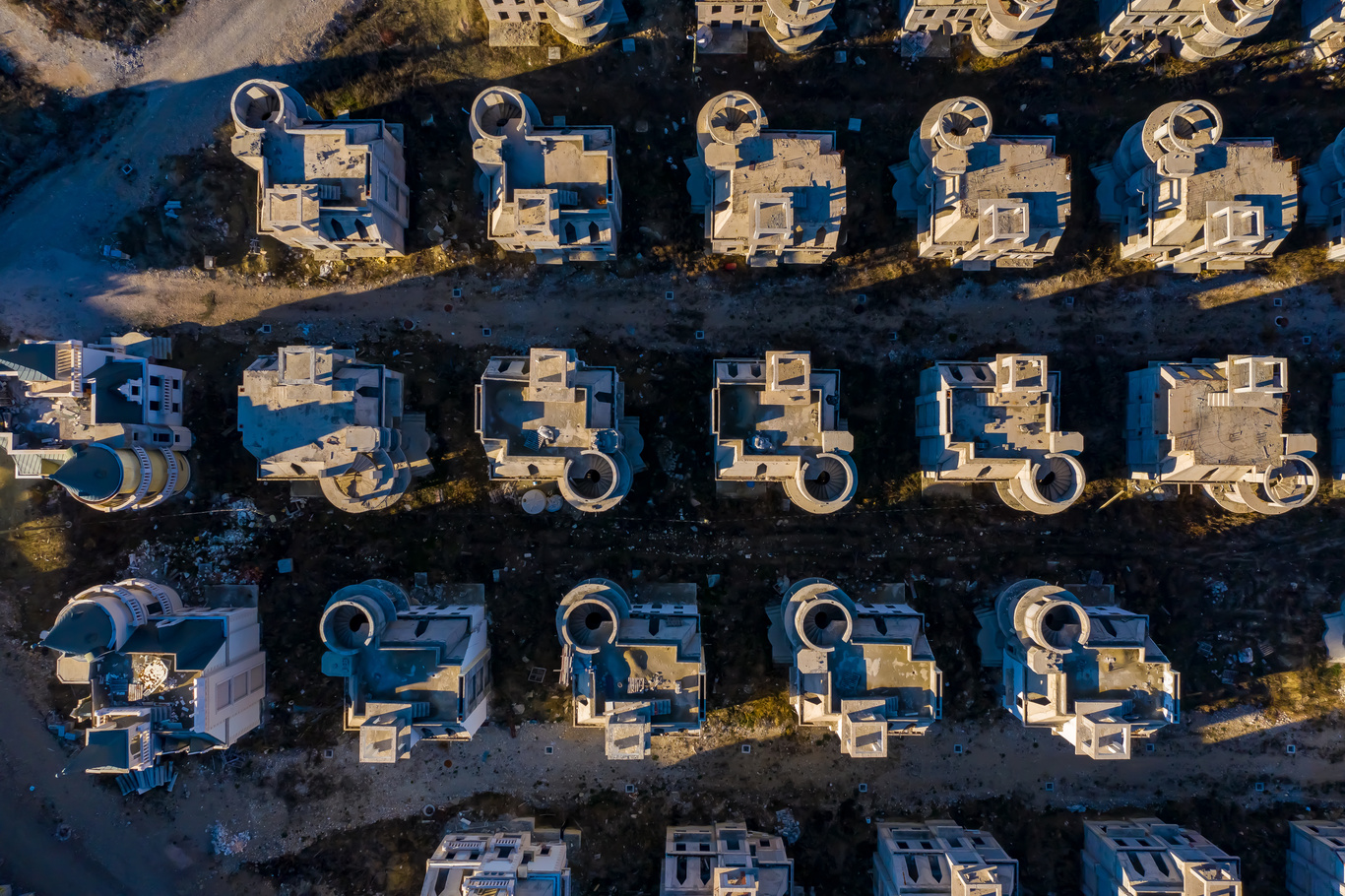
Burj Al Babas now stands as an abandoned site of incomplete villas scattered across the valley. Overgrown vegetation and construction debris litter the area, creating an unsettling atmosphere. Visitors have likened the site to a dystopian movie set.
Although the development is officially closed, it has become a popular destination for urban explorers and social media influencers.
The Sarot Group initially claimed it would resume construction after resolving financial issues, but little progress has been made.
In 2021, the site was sold to U.S.-based Nova Group Holdings. The new owners have not announced concrete plans for the development, and the project remains in limbo.
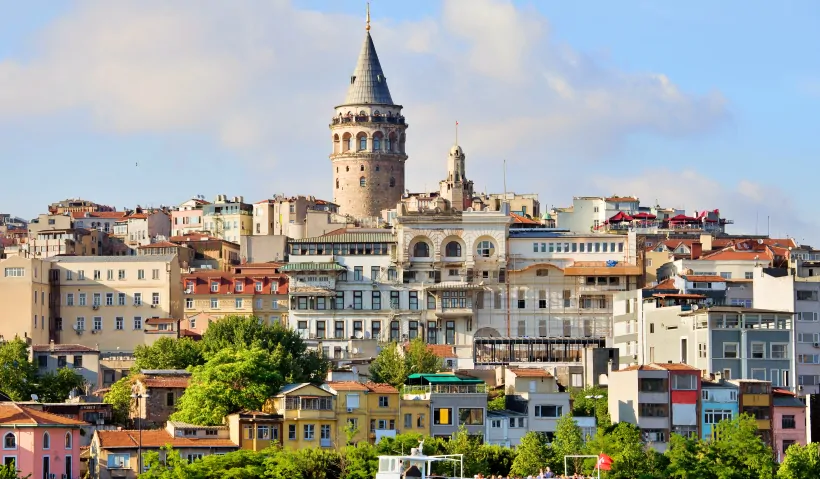
The castles' design combined French and Turkish influences, with elements inspired by the Galata Tower in Istanbul. Interiors were intended to include ornate plasterwork, spiral staircases, and high ceilings, along with amenities such as private elevators and rooftop Jacuzzis.
Despite the attention to detail, many viewed the design as kitsch. The villas' proximity, lack of outdoor space, and absence of landscaping diminished their appeal. Critics argued that the castles prioritized spectacle over practicality, making them unsuited for long-term use.
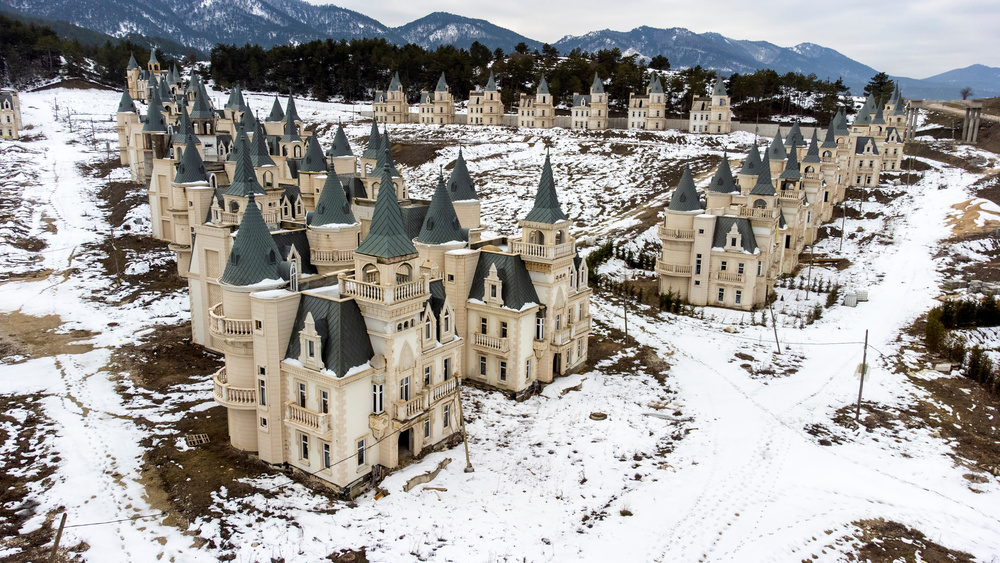
The Sarot Group has faced numerous lawsuits from buyers demanding refunds and compensation for undelivered villas. Environmental cases against the company remain unresolved, and accusations of financial misconduct have led to investigations into its business practices.
In 2021, Turkish courts allowed the government to take control of the project through a state-run fund. Nova Group Holdings later acquired the site, but no significant developments have occurred since the sale. The abandoned castles remain a source of frustration for investors and locals alike.
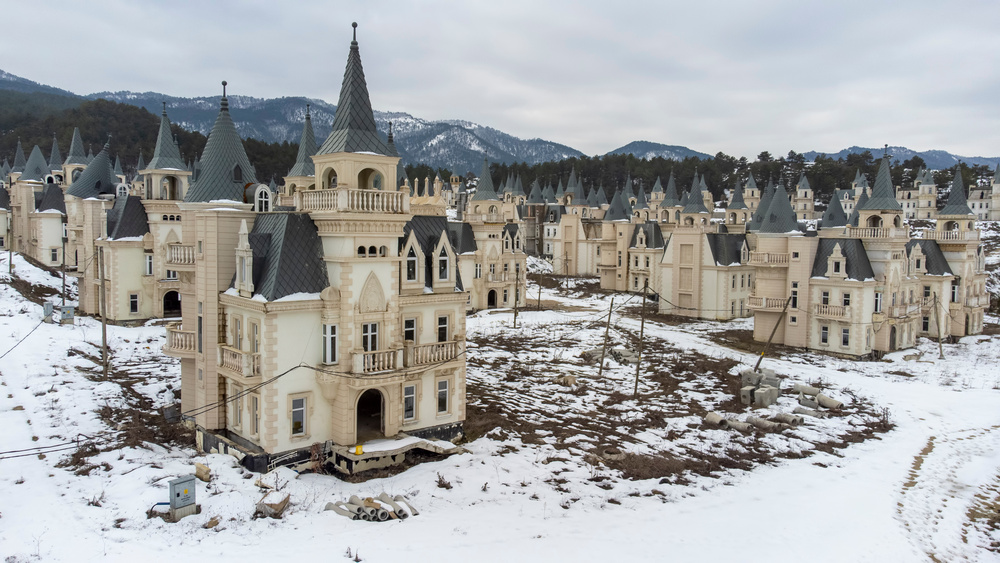
The future of Burj Al Babas remains uncertain. Completing the project would require substantial investment and the resolution of ongoing legal disputes.
Some suggest repurposing the site as a tourist attraction, while others advocate for demolishing the castles to restore the natural landscape.
Kuwaiti investor Alfahhad remains optimistic, saying: "We still hope to see our villas completed, but the delays have been exhausting." Others, like Canturk, believe the development has done irreversible harm to Mudurnu's heritage. "This project erased the values of our town," he said.

The failure of Burj Al Babas reflects broader issues in Türkiye's real estate sector. Rapid development aimed at attracting foreign investment often overlooks sustainability and cultural preservation.
Projects like Burj Al Babas reveal the risks of prioritizing short-term profit over long-term planning.
For Mudurnu, the abandoned castles are a constant reminder of what was lost. While some hope the project will eventually boost the local economy, others view it as a permanent scar on the landscape.
Canturk summed up the sentiment of many locals: "This place should reflect the values of Mudurnu, not erase them."
Burj Al Babas may never fulfill its original vision, but its story continues to intrigue.